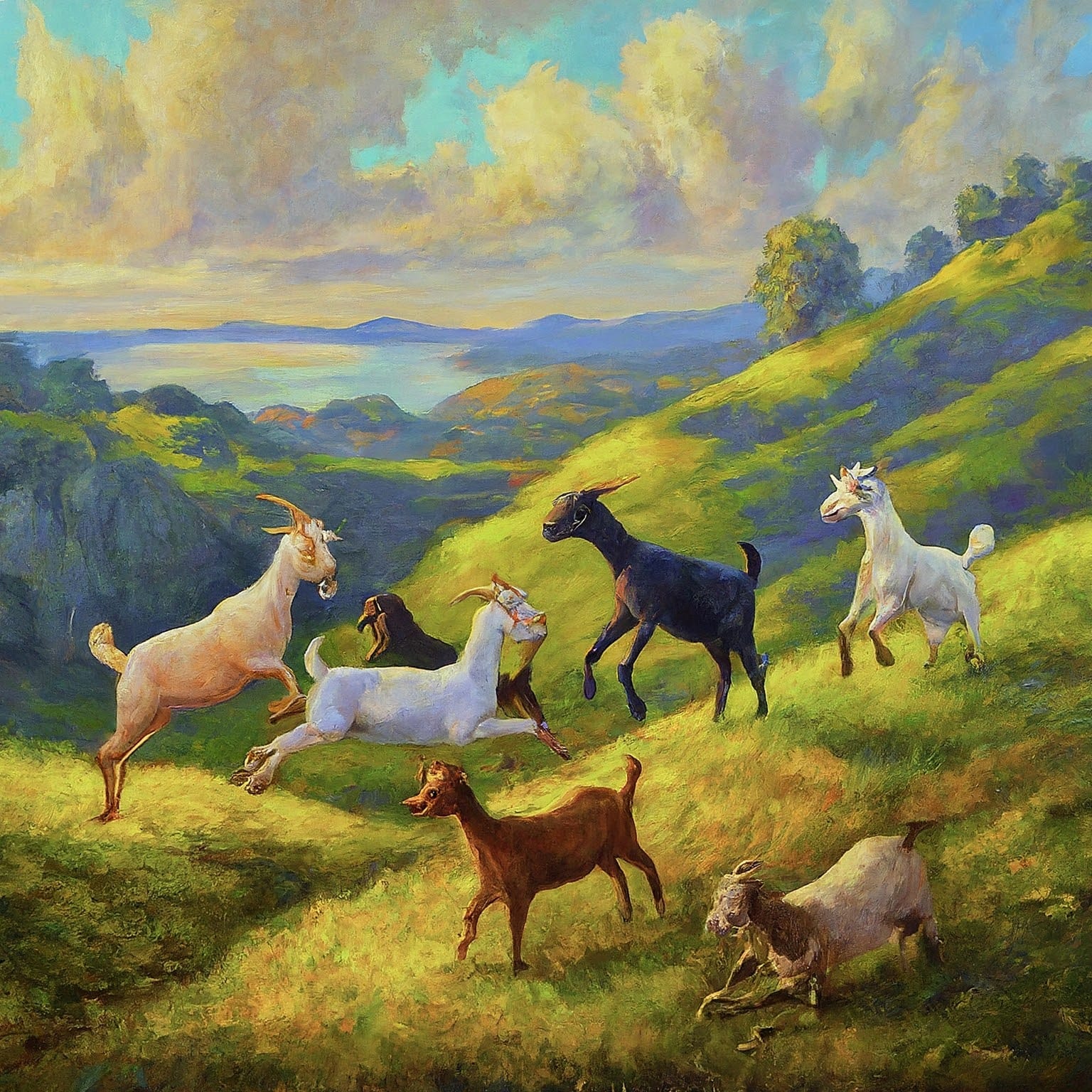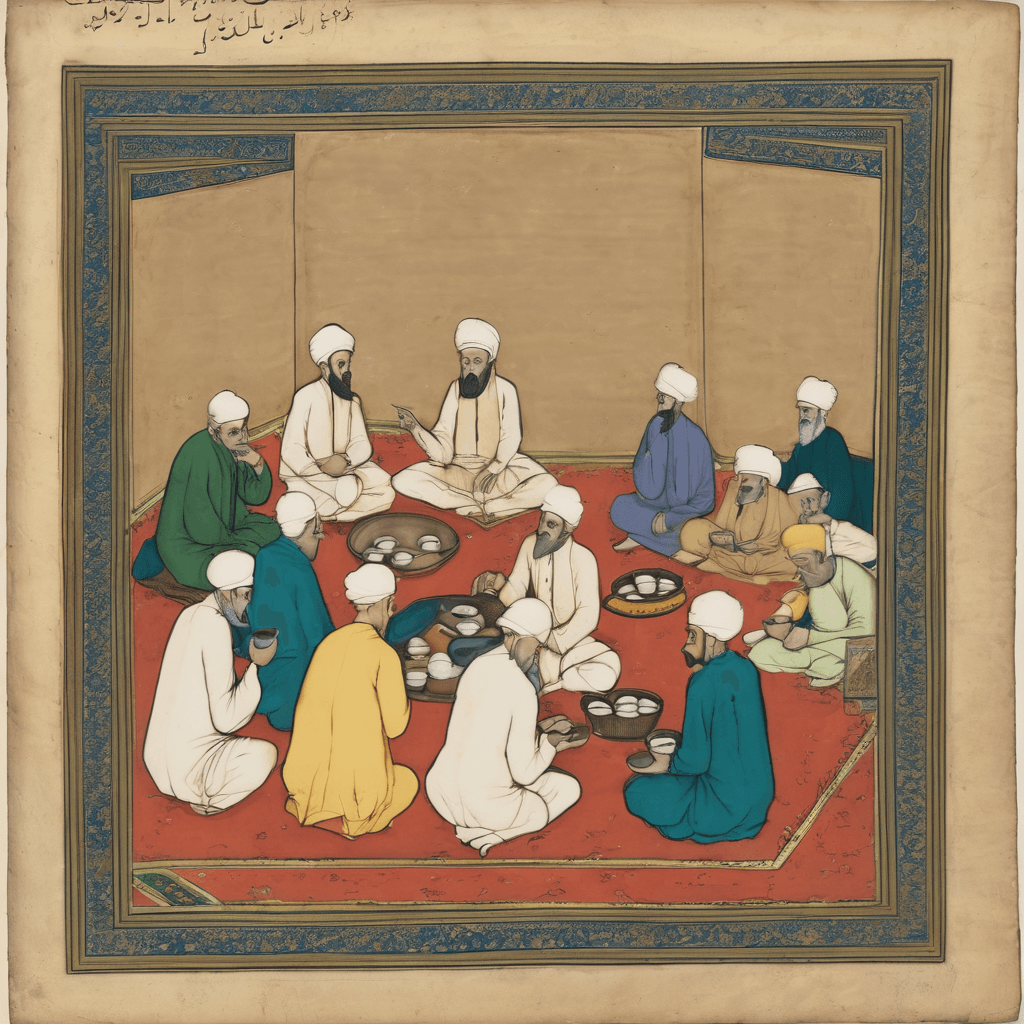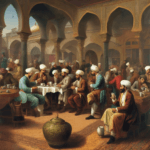Imagine a world without coffee. No morning rituals, no afternoon pick-me-ups, no cozy cafes buzzing with conversation. It’s almost unthinkable, isn’t it? But where did this beloved beverage, this elixir of energy and inspiration, originate? Let’s journey back in time, to the misty highlands of Ethiopia, where legend and history intertwine to reveal the captivating origins of coffee.
The Tale of Kaldi: A Goatherd’s Legacy
Our story begins with Kaldi, a humble goatherd who roamed the fertile highlands of Ethiopia, where coffee plants flourished in the shade of ancient forests. In this region, goats were not merely livestock but valued companions, their well-being intertwined with the lives of their herders. One day, Kaldi noticed his goats behaving unusually – prancing, dancing, and bleating with an unexpected energy. Following their trail, he discovered they had been nibbling on the vibrant red berries of a wild shrub, a plant we now know as Coffea arabica.
Intrigued, Kaldi sampled the berries himself, experiencing a similar awakening. His fatigue vanished, replaced by a sense of alertness and vitality. He shared his discovery with the local monks at the monastery in the Ethiopian town of Kaffa. These spiritual seekers, intrigued by the berries’ potential to enhance their prayers and meditations, experimented with different preparations. They roasted the beans, ground them, and steeped them in hot water, creating a potent brew that banished fatigue and sharpened their focus.
And so, the legend of Kaldi, the goatherd who discovered coffee, was born. It’s a tale that speaks to the power of observation, the interconnectedness of humans and nature, and the enduring allure of this extraordinary beverage.
From Ethiopia to Yemen: The Journey Across the Red Sea
Coffee’s journey from Ethiopia to Yemen marked a pivotal moment in its history. Transported across the Red Sea by traders and travelers, coffee cultivation took root in the fertile Yemeni highlands. The port of Mocha became a bustling hub for coffee trade, exporting the precious beans to distant lands.
In Yemen, coffee became deeply intertwined with Sufi spiritual practices. Sufi monks embraced coffee as an aid to concentration during their meditations and late-night prayers, further solidifying its association with mysticism and heightened awareness.
Whispers of Omar: A Mystic’s Brew
Another captivating legend emerges from the arid landscapes of Yemen. The tale speaks of Omar, a Sufi mystic, exiled to a desolate cave near Ousab for his unorthodox beliefs. Facing starvation, Omar discovered a shrub with glistening berries. Desperate, he consumed them and found himself revitalized, his spirit lifted, and his mind clear. He brewed a decoction from the roasted beans, sharing it with fellow exiles and pilgrims, who marveled at its restorative powers.
The legend of Omar highlights the spiritual dimension of coffee, its ability to transcend physical limitations and connect individuals to a higher realm. In Sufi tradition, coffee became a tool for spiritual awakening, facilitating contemplation and enhancing the mystical experience.
The Rise of the Coffee House: A Social Revolution
As coffee spread throughout the Middle East, dedicated spaces emerged for its consumption and social enjoyment. Coffee houses, known as “qahveh khaneh,” sprang up in major cities like Mecca, Cairo, and Damascus, becoming vibrant hubs of social interaction, intellectual exchange, and cultural expression.
These coffee houses were more than just places to grab a caffeine fix; they were centers of community life, where people from all walks of life gathered to discuss news, politics, literature, and art. The lively atmosphere, fueled by coffee’s stimulating effects, fostered creativity, debate, and the sharing of ideas.
Beyond the Legends: A Global Tapestry
While the legends of Kaldi and Omar provide captivating narratives of coffee’s discovery, they represent just a few threads in a vast global tapestry. Across different cultures and continents, coffee has been woven into the fabric of life, its origins shrouded in myth and folklore. From the Ethiopian highlands to the Yemeni mountains, from the bustling coffee houses of Istanbul to the vibrant cafes of Vienna, coffee has left its indelible mark on human history.
In the next article, we’ll delve deeper into this historical journey, exploring how coffee spread from its ancient origins to become a global phenomenon, shaping cultures, economies, and social interactions along the way.
Coming Up Next: The Coffeehouse Revolution






No Comment! Be the first one.